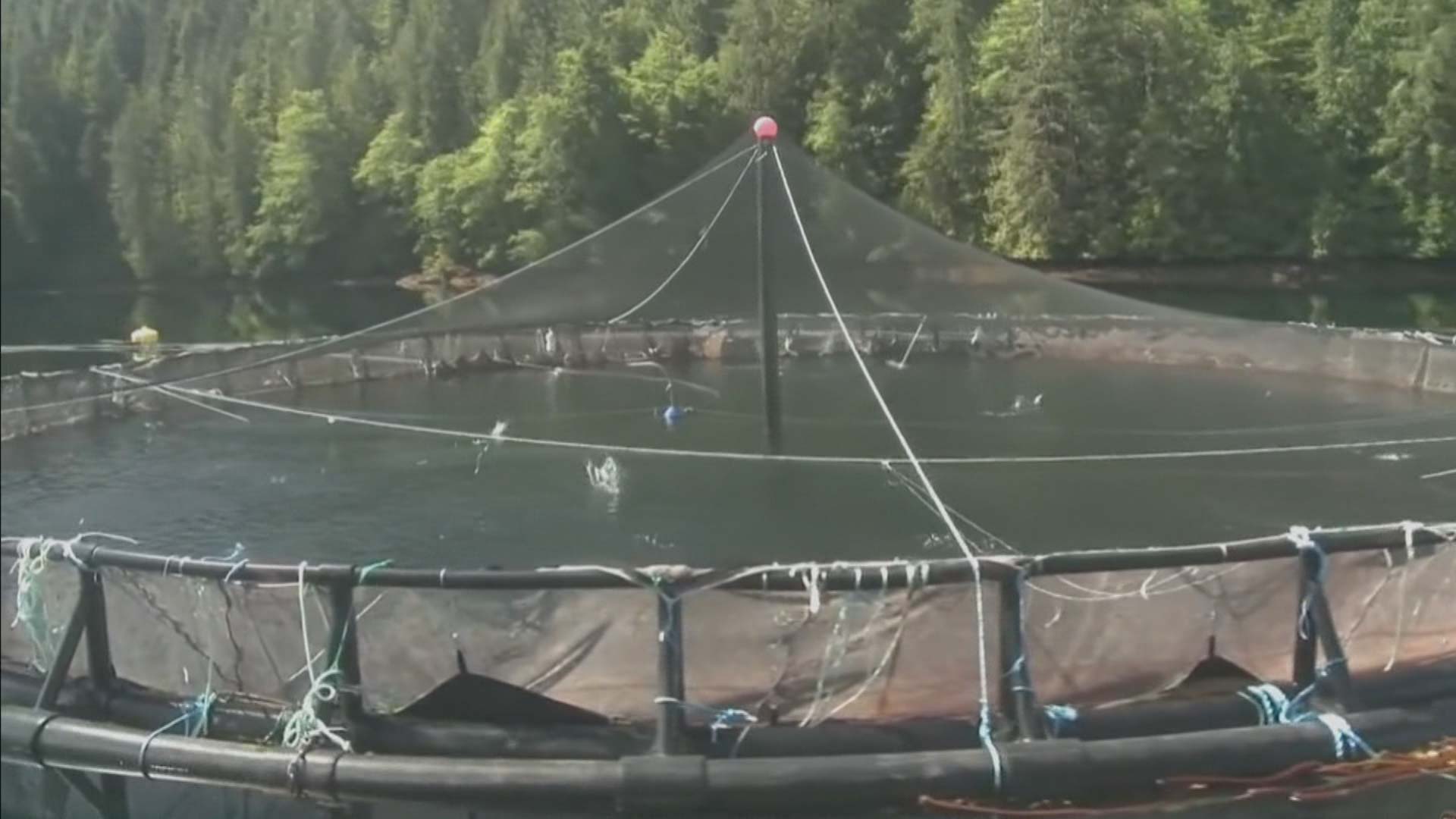In a plan its calling “transformative,” the Department of Fisheries and Oceans (DFO) says its $647-million plan called the Pacific Salmon Strategy Initiative will help rebuild the stock which have collapsed in recent years.
“We need to take bold, ambitious action now if we are to reverse the trend and give them a fighting chance at survival,” said DFO Minister Bernadette Jordan in a release. “The issues they face are challenging, but today’s announcement marks the beginning of a new chapter where we will attack the problems together, and from all sides.”
DFO says the plan is made up of four “pillars” that include conservation and stewardship; enhanced hatchery production; harvest transformation; and integrated management and collaboration, says the release.
“We will be working closely with Indigenous communities, harvesters, recreational fishers, industry, environmental organizations, and Provincial and Territorial partners, to advance actions under each pillar, to stabilize the species, and to support a more modern, sustainable, and economically resilient sector,” says Jordan. “Together, we can save wild Pacific salmon, for the people, livelihoods, and lifeforms that depend on it.
“Making sure that we have the First Nations knowledge is significant… They are going to have an integral piece to this strategy,” says Jordan at a news conference Tuesday afternoon.
Jordan says access to the money for communities will be announced at a later date.

Salmon stocks in some parts of the province hit historic lows in recent years and there was talk of losing it altogether if something wasn’t done.
In December 2020, Jordan announced the closure of 19 fish farms that many scientists and First Nations communities blame for spreading disease to wild stocks including sea lice and Piscine orthoreovirus (PVR).
The fish farms, owned by companies in Japan and Norway, have launched legal action against the government over the closures.
One of the scientists who applauded the closure of the fish farms was Alexandra Morton. For years she’s been lobbying the government to pay attention to the science.
Morton says she hasn’t had a chance to read the government’s plan in its entirety but adds, “it is very positive to see that there will be ‘increased salmon and ecosystem status reporting’ using “integrated salmon ecosystem data to ‘identify drivers of salmon survival,’” she tells APTN News.
“I am seriously hoping DFO is saying they are ready to pick up the extraordinary tools under development in their molecular genetics lab in Nanaimo. That science, under the direction of Dr. Kristi Miller, allows salmon to speak to us at the level of detail that we need to strategically get out of their way and let them do what they do best – thrive.”
According to the government, under the conservation pillar, DFO will “further integrate salmon, ecosystem and climate data to identify drivers of salmon survival, and assess their vulnerability to climate change and warming waters.”
It will also “create a new Restoration Centre of Expertise, supported by an arm’s length advisory body, to collaborate on and support the work of our partners, which will help ensure that stewardship, rebuilding and habitat restoration projects are integrated and more effective.”
Min @BernJordanMP
I’m coordinating a BC #FirstNation #Salmon Restoration Framework to identify priority types & forms of Salmon Restoration that is required
Exciting work & will be completed in the very near future@jjhorgan @lanapopham @FinDonnelly @UBCIC @FNSummit @BCAFN https://t.co/veUt4N0L9z
— Bob Chamberlin (@1Bob_Chamberlin) June 8, 2021
DFO says it will also begin consultations on building new hatchery facilities that can “support both conservation and harvesting objectives.”
The government says the money, announced in the 2021 budget, will be spent over five years.
“It will not be a series of initiatives, but a single, guiding force that will steer investments, policies, and actions, with all levels of government and local organizations, for years to come,” says the government.
Morton isn’t thrilled with the hatchery idea. She says the best way to deal with a declining stock is to get the things that are pretty it from thriving out of the way.
“Salmon do not need hatcheries. They know how to find mates and make babies – they have got that down,” she says. “Hatcheries steal that power away and do enormous genetic damage. Sure, hatcheries make lots of baby salmon, but what salmon need is for us to stop killing their babies, for example through exposure to the unnatural sea lice and disease outbreaks at salmon farms.
“Hatcheries ease the way for industry to destroy habitat, whether in the ocean or in the rivers. So increased hatchery production is a red flag to me.”
In what it’s calling the integrated management and collaboration aspect of the plan, DFO says it will work with “Indigenous peoples, provincial/territorial governments, harvesters, stewardship partners, academia, environmentalists, and other stakeholders,” with stopping the decline of the stocks.
“New ongoing engagement and consultation mechanisms will be explored and implemented so that, working together, we can realize better outcomes for Pacific salmon – including salmon habitat and ecosystems.”
“In the coming weeks, the Government of Canada will be engaging with these partners, leaning on the vast knowledge that exists to help determine how best to bring about these changes and make the greatest positive impact on Pacific salmon.”
This story was updated June 8 at 4:42 p.m. ET.









